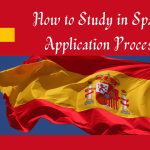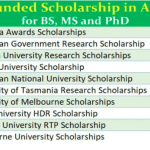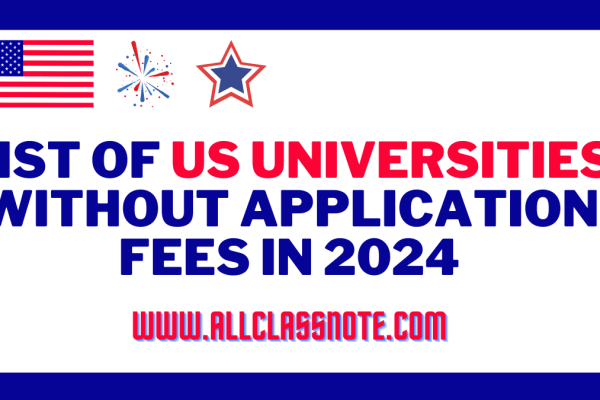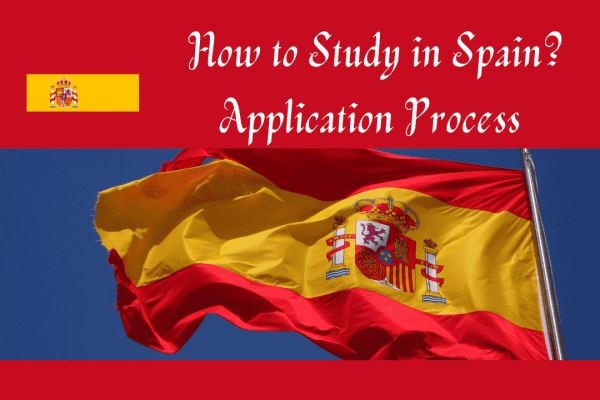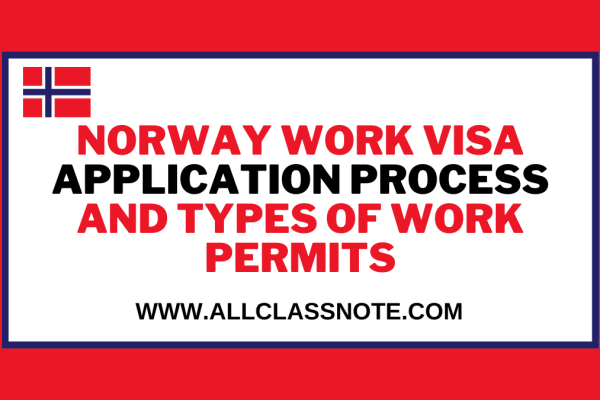
Norway Work Visa Application Process and types of Work Permits
To live and work in Norway for longer than 90 days, you’ll need a residence permit, often referred to as a work visa. This permit allows you to reside and legally hold employment in the country. Statistics and analysis Section for these reports: https://www.udi.no/en/statistics-and-analysis/statistics/ Types of Work Visas Norway offers various residence permits depending on…




